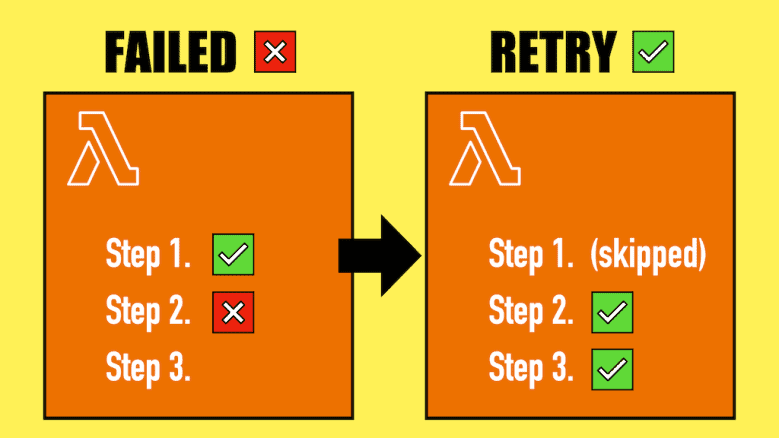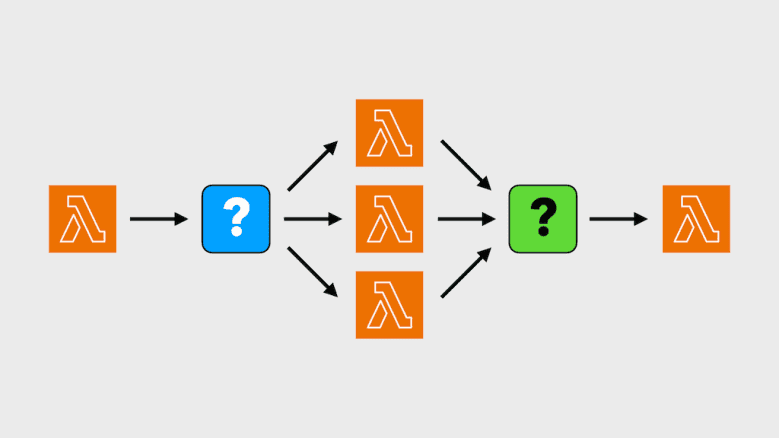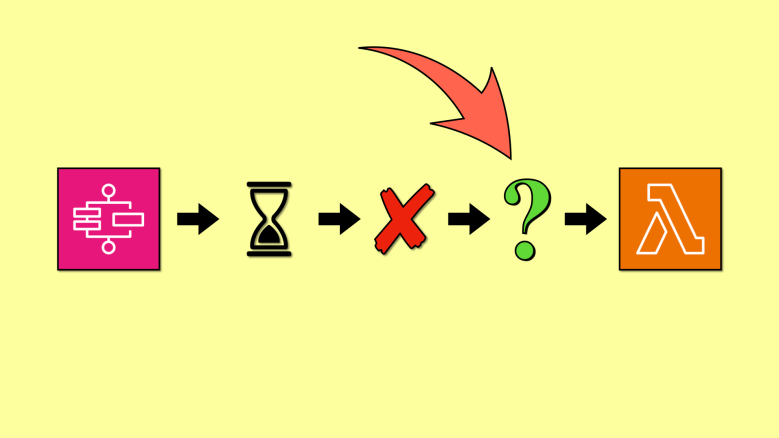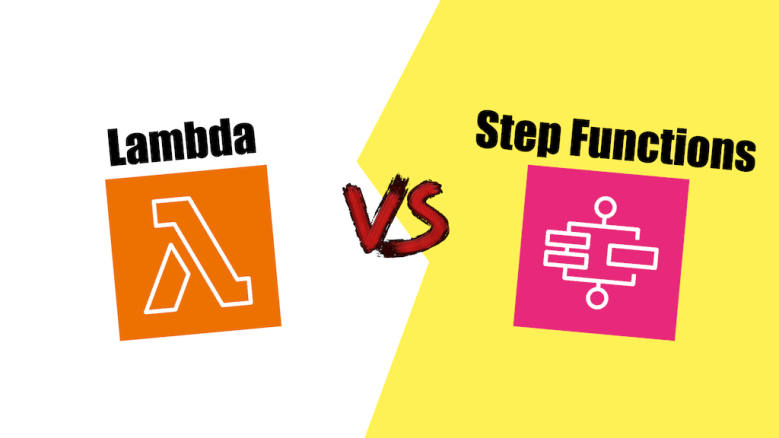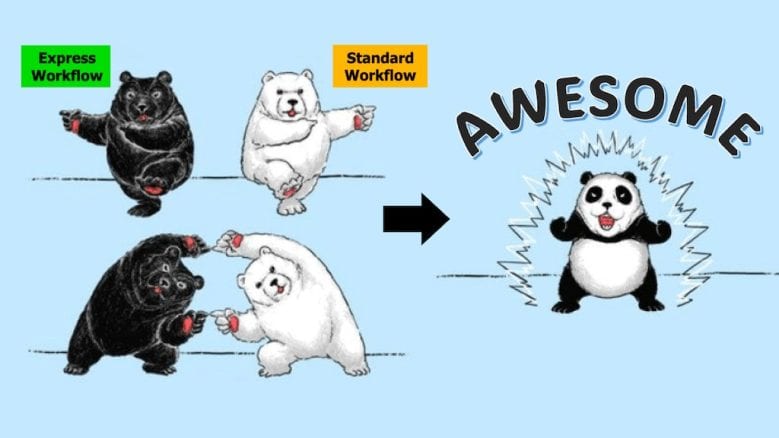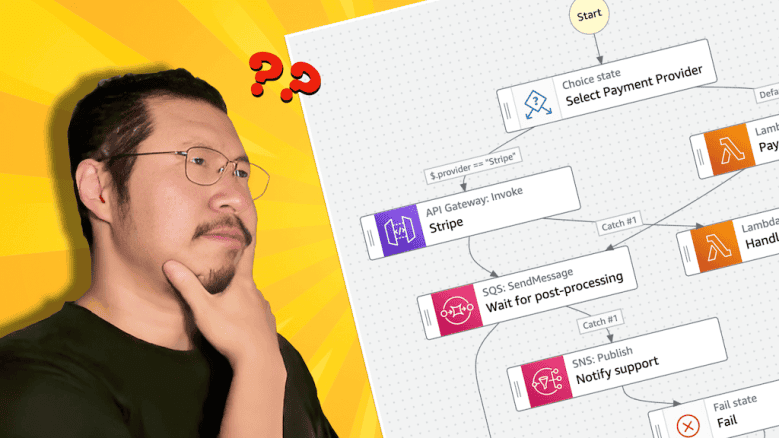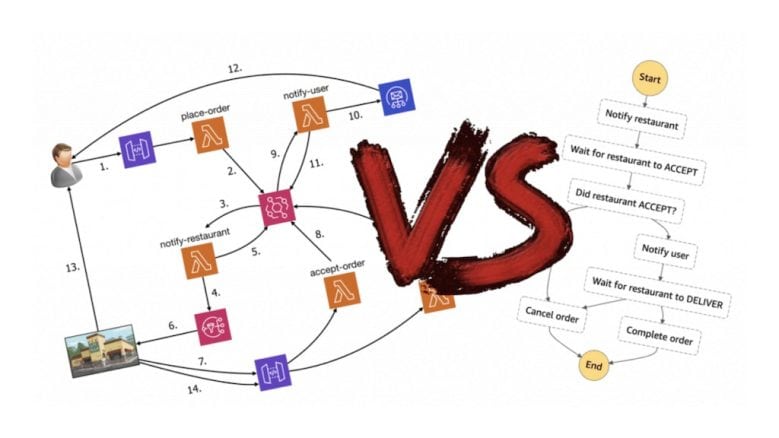How to implement Durable Execution for Lambda (without frameworks)
“Durable Execution” means a system can execute workflows reliably and remember progress even when failures occur. It typically involves persisting progress to avoid repeating side-effects on retries and allowing you to recover gracefully from failures.
It’s commonly associated with workflow orchestrators such as AWS Step Functions and AWS Lambda doesn’t support durability by itself.
But, as you will see in this post, there’s an easy way to add durable execution to Lambda, without needing to adopt a durable execution framework or rewriting your Lambda function as a Step Functions state machine.
And it only takes a few lines of code!
